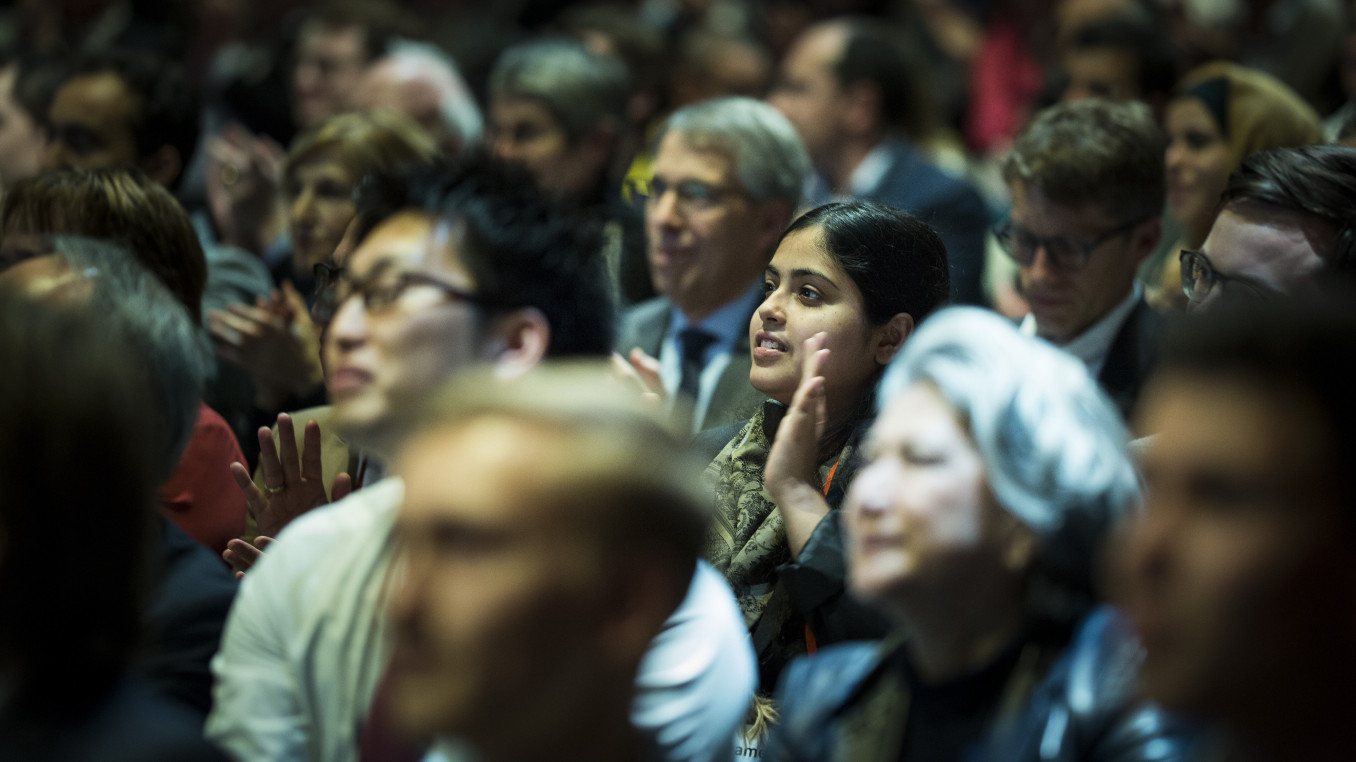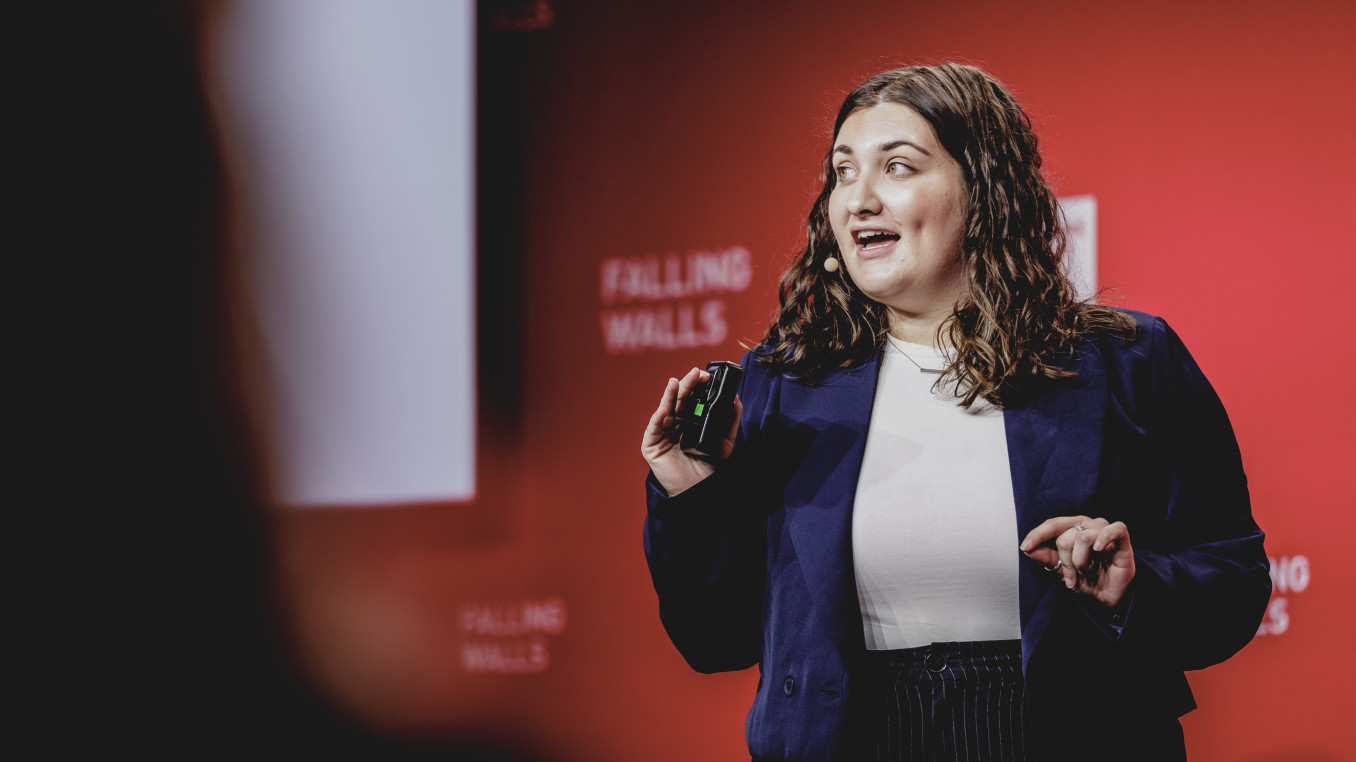Breaking the Wall of History Hidden in Our DNA
Breaking the Wall of History Hidden in Our DNA
Global Call 2025 Finalist Interview: Social Sciences & Humanities
Leo is a group leader at RIKEN, Japan’s national scientific research institute. His group develops powerful statistical tools that leverage the DNA of modern and ancient people to uncover the evolution of human genetic variation, how it links to historical events and how these may impact our health today. Before joining RIKEN in 2024, he obtained his PhD in the Department of Statistics at the University of Oxford and was a Sir Henry Wellcome Fellow at UCL and the Francis Crick Institute.
Which wall does your research or project break?
Our DNA serves as a diary of the human past, recording how past societies functioned, how we interacted with each other, migrated across the world and adapted to new environments. I develop statistical and mathematical techniques to uncover this human past hidden within our own DNA.
This year, we published a new statistical method (Speidel et al, Nature 2025) that can reconstruct history from DNA sequenced from ancient bone. The signatures left by historical events in our DNA are subtle but can tell a story of ordinary people often not recorded in history books. Previously, it was possible to detect older events between more differentiated human ancestors, leaving much clearer traces in our DNA. Our work provides a new robust, high-resolution lens of more recent events of the historical era.
We achieved this by fully reconstructing how our DNA is related through shared ancestors back in time. Sometimes we share recent ancestors and by focusing only on those, we were able to confirm Germanic-related southwards migrations towards the Roman Empire in the 1st millennium AD, documented by the Romans, while revealing in parallel large-scale migrations occurring beyond their borders entirely unknown to us until now. This includes a large migration into Scandinavia shaping their genetic diversity just before the start of the Viking Age. We are now starting to apply our method to reveal many more currently hidden stories of our past across the globe.
What is the main goal of your research or project?
My work combines mathematics and statistics with biology, medicine, history and archaeology–in fact, we cannot study one of these areas without touching upon the others. Our tools offer unprecedented resolution in revealing the evolutionary pressures that have shaped present-day genomic diversity, how these processes have evolved and their impact on our health today.
Key to my work is the ability to reconstruct the genealogical trees that relate us all back in time through shared ancestors, incorporating the genomes of modern people sampled worldwide with those sequenced from ancient bone. These trees have long been sought as the best achievable record of our shared genetic past but reconstructing these from genetic data had proven very challenging. A method published by us (Speidel et al, Nat Genetics 2019) enabled the inference of these genetic trees scalable to many thousands of people.
Excitingly, the genetic trees store information about events which occurred in the earliest days of our species up to events in a nation’s recent past. This information would otherwise be entirely inaccessible to us. We can learn about the evolutionary trajectory of disease-causing mutations, adaptation to dramatic changes in climate, lifestyles and pathogen exposures and now reconstruct historical events which are deciphered in conjunction. This approach is now becoming standard for studying evolutionary and historical questions.
What advice would you give to young scientists or students interested in pursuing a career in research, or to your younger self starting in science?
My advice is that working across disciplines can be very rewarding and I would strongly encourage young scientists to remain open to paths that take them beyond their original field of study. I really enjoy working across disciplines and a lot of new ideas emerge by interacting with colleagues who hail from very different backgrounds.
Having said that, it can be challenging to connect different subjects in a meaningful way. While there may not be a formula that works every time, some disciplines can serve as good bridges. For example, I have found studying mathematics to be very rewarding because there is significant precedent for applications in other fields. My current department, the Center for Interdisciplinary Mathematical and Theoretical Sciences at RIKEN, is founded on this idea and we consist of a diverse mixture of scientists connected through a shared foundation in mathematics.
In my experience, early-career scientists are often in a particularly good position to act as bridges between fields. Looking back, I am very grateful to the PhD system in the UK, which allowed me to explore different subjects before committing to a specific direction. For example, while I had always been fascinated by human history and biology, I never imagined that this could intersect with mathematics. The academic flexibility I was offered gave me the opportunity to shift my trajectory and discover new ways of connecting mathematics with other disciplines.
What impact does your research or project have on society?
Just as history is essential to understanding society, evolution is essential to understanding biology. My work connects these fields by uncovering details of the human past preserved in our DNA. Beyond humans, these approaches apply across the tree of life and help us understand how biology and biodiversity have evolved over time, allowing us to project into the future.
What is one surprising fact about your research or project that people might not know?
I find it remarkable that our DNA actually stores information about our past. This information ranges from recent events we recognise from history books to much older events that impacted our ancestors potentially hundreds of thousands of years ago. This would have been a time when human sister species like Neanderthals still walked the Earth.

